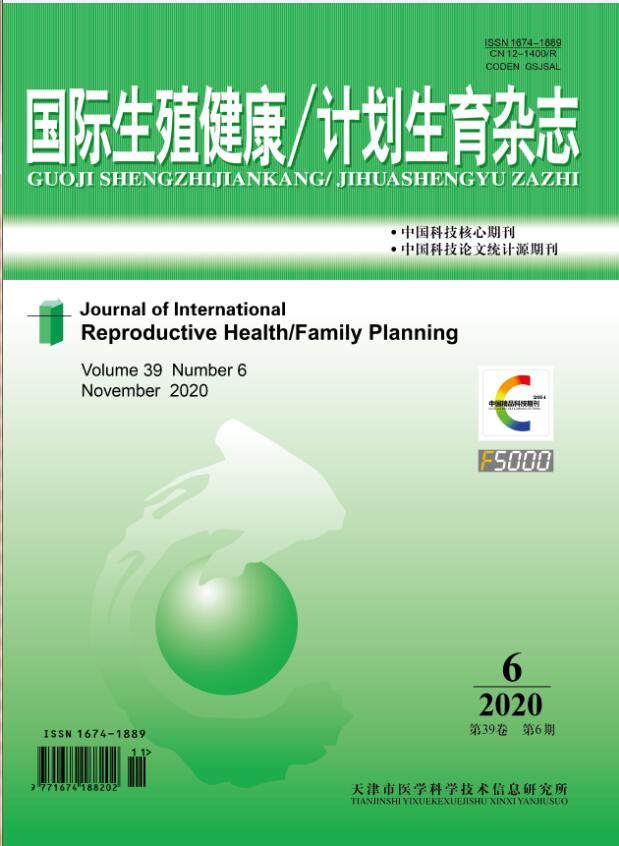|
|
Effect of GOLPH3 Expression in Granulosa Cells on the Apoptosis of Ovarian Granulosa Cells and the Developmental Potential of Oocyte
ZHANG Yan, LIN Yuan, LIN Dian-liang, SUN Yan, DU Sheng-rong
2017, 36 (6):
445-450.
Objective:To evaluate the effect of golgi phosphoprotein 3(GOLPH3) on the apoptosis of granulosa cell and the development potential of oocyte. Methods: A total of 80 women receiving IVF-ET due to tubal factors during the period from May 2016 to April 2017 were enrolled in the study. There were 40 cases in the clinical pregnancy group and 40 cases in the non-pregnant group according to the pregnancy outcome. The expression levels of GOLPH3, Bcl-2, Bax and Caspase-3 protein were determined by immunocytochemistry staining and Western blotting, while the expression levels of mRNAs were quantified by real-time PCR assay. Results: GOLPH3, Bcl-2, Bax and Caspase-3 were all expressed in granulosa cells at various levels. There were significant differences in the expressions of GOLPH3, Bcl-2, Bax and Caspase-3 in granulosa cells between the pregnant group and the non-pregnant group(P<0.05). Pearson correlation analysis revealed that the expression of GOLPH3 in granulosa cells was strongly positively correlated with the expression of Bcl-2 protein(P<0.001), negatively correlated with the expression of Bax and Caspase-3 protein(both P values<0.001), and strongly positively correlated with the numbers of high-quality embryo, blastocyst and available embryo(all P<0.001). Conclusions: The expression level of GOLPH3 in granulosa cells may play an important role in regulating the apoptosis of granulosa cells through Bcl-2, Bax and Caspase-3 signal pathways, and the developmental potential of oocyte.
Related Articles |
Metrics
|

